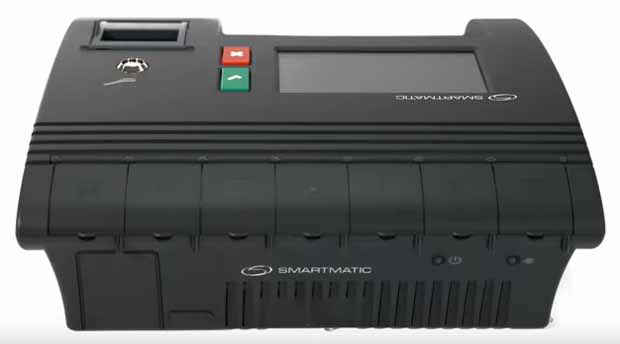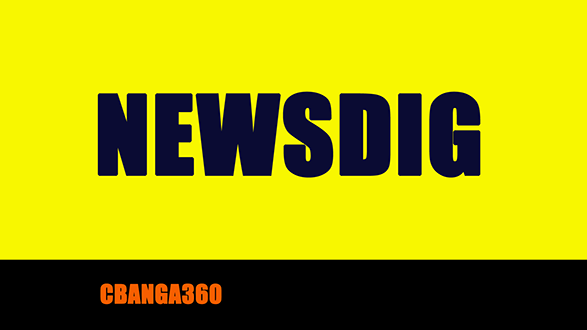Naga City, Bicol’s financial, business, educational and religious capital now has a total net worth of over P4.675 billion, making it the richest local government unit (LGU) in the region, according to the Commission on Audit (COA).
The City of Ligao, in Albay province, followed far second, with a total net worth of P2.242 billion.
Legazpi City, the administrative capital of the region, came third, with assets of P2.041 billion.
The seaside City of Tabaco was listed as fourth in assets with P1.743 billion.
The southernmost City of Sorsogon ranked fifth with P1.564 billion in assets.
The City of Masbate which has P1.101 billion in assets, was sixth which rounded the list of billionaire cities of the region.
On the botttom was Iriga City with assets of P733.6 million.
COA is mandated by the Constitution to submit to the President and the Congress, within the time fixed by law (not later than last day of September of each year) an annual report covering the financial condition and operations of the government, its subdivisions (LGUs), agencies, and instrumentalities, including government –owned or controlled corporations and non-government entities, subject to its audit, and recommend measures to improve their effectiveness and efficiency.
The Government Accountancy Sector (GAS) is tasked to prepare the Annual Financial Report (AFR) for the local governments. This AFR aims to provide essential information on the financial condition, performance, changes in equity, cash flows, and comparative budget and actual amounts, not only of the individual local government unit but also of the local government sector as a whole, to a wide range of users and stakeholders.
It also caters to the information and statistics needs of economic planners and other government officials, especially the local chief executive (governor, mayor) and the Sanggunian of each LGU, in the deliberation of the local budget and other ordinances and in the determination of sound economic policies and wise decisions for the betterment of the living condition of majority of the citizenry. The public, as the majority stakeholder, is the prime user of the information, in consonance with the fiscal policy of transparency and public accountability.

- Road Tour Calabanga:San Pablo to Amang Hinulid - August 31, 2022
- Miss U Catriona Gray Rumampa ng Suporta sa Tropa - May 9, 2022
- Dalawang Shoutout SOX People’s Rally for Leni - April 4, 2022


























































